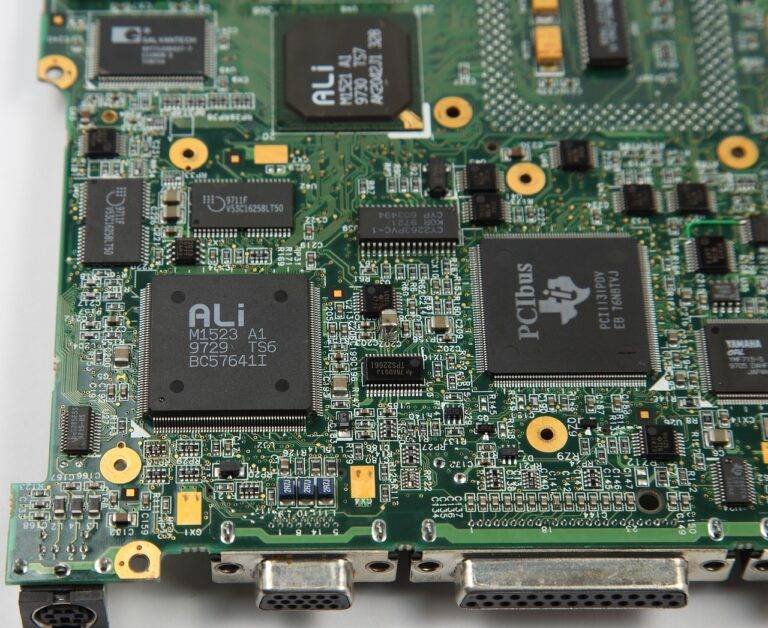The Evolution of Smart Grids: Efficient Energy Distribution
The evolution of smart grids has been a progressive journey marked by advancements in technology and innovations in energy distribution. With the increasing demand for reliable and efficient energy sources, traditional power grids faced limitations in meeting the evolving needs of consumers and industries. This led to the development of smart grids, which integrate digital communication and automation to enhance the efficiency, reliability, and sustainability of energy distribution networks.
Smart grids utilize sensors, meters, and advanced analytics to gather real-time data on energy consumption, production, and distribution. By leveraging these data-driven insights, utility companies can optimize grid operations, improve system responsiveness, and reduce energy waste. The integration of renewable energy sources, such as solar and wind power, into smart grids further enhances their ability to adapt to changing energy demands and promote a more sustainable energy ecosystem.
History of Energy Distribution
Energy distribution has a long and intricate history that dates back centuries. Initially, the distribution of energy was a rudimentary process, with limited infrastructure to transmit electricity over long distances. Early systems relied heavily on direct current (DC) technology, which posed challenges in terms of efficiency and voltage control. As demand for electricity grew, the need for a more efficient and reliable energy distribution system became evident.
Over time, alternating current (AC) systems emerged as the preferred method for energy distribution due to their ability to transmit power over longer distances with less loss. The development of AC systems, championed by visionaries like Nikola Tesla and George Westinghouse, revolutionized the way electricity was distributed. This shift towards AC technology paved the way for the establishment of interconnected grids that could efficiently deliver electricity to homes, businesses, and industries on a larger scale.
Benefits of Smart Grid Technology
Smart grid technology offers an array of advantages that revolutionize the way we manage and distribute energy. One key benefit is improved reliability through real-time monitoring and analytics. This enables utilities to detect and address issues promptly, reducing downtime and enhancing overall system performance.
Additionally, smart grids promote energy efficiency by optimizing the flow of electricity and integrating renewable energy sources. With better demand forecasting and load management, consumers can make more informed decisions about their energy usage, leading to cost savings and reduced environmental impact. The ability to integrate electric vehicles and energy storage systems further enhances the flexibility and sustainability of smart grid networks.
What is a smart grid?
A smart grid is an advanced electricity network that uses digital technology to optimize the generation, distribution, and consumption of electricity.
How have smart grids evolved over time?
Smart grids have evolved from traditional electricity grids to incorporate digital communication and automation technologies for improved efficiency and reliability.
What is the history of energy distribution?
The history of energy distribution dates back to the late 19th century when electricity grids were first developed to deliver electricity from power plants to consumers.
What are the benefits of smart grid technology?
Some of the benefits of smart grid technology include improved grid reliability, increased energy efficiency, better integration of renewable energy sources, and enhanced grid security.
How does smart grid technology help in reducing energy waste?
Smart grid technology enables real-time monitoring and control of electricity usage, allowing for more efficient energy distribution and reducing energy waste.
How do smart grids support the integration of renewable energy sources?
Smart grids can dynamically balance supply and demand, making it easier to integrate intermittent renewable energy sources like solar and wind power into the grid.
What role does digital communication play in smart grid technology?
Digital communication enables real-time data exchange between utilities, grid operators, and consumers, facilitating better decision-making and improving grid performance.





